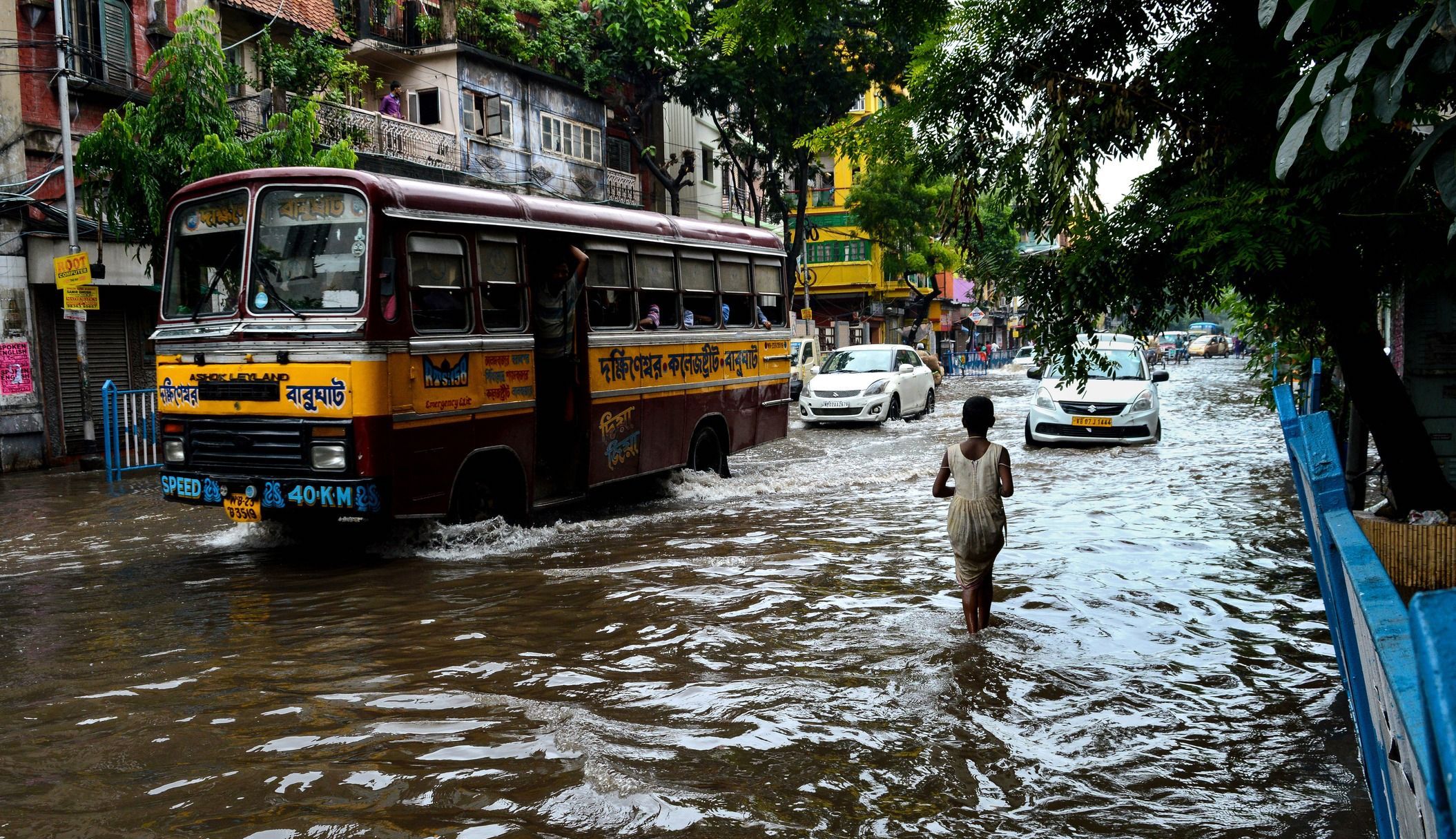By Stella Whittaker
◦ 3 min read ◦
This month saw the publication of the Climate Policy Initiative’s (CPI) long awaited analysis of climate finance flows in cities. Each year the CPI publish an analysis of the global landscape for climate finance but this year that work was supplemented by this urban analysis. There will also be another forthcoming CPI report due in April 2021 – State of Cities Climate Finance Report which will help paint the full picture.
Cities and urban communities across the globe are highly vulnerable to climate change – heat waves, extreme weather volatility, floods, droughts, coastal inundation, and vector borne diseases. The Carbon Disclosure Project (CDP) data indicates that in 2018, 85% of cities reported major climate-related disruptions, including flash and surface flooding and extreme weather events like heat waves and droughts.
There is an urgency for much more discussion, research and attention on climate finance to address climate adaptation needs in cities. While many cities have begun planning policies and programs to build resilience towards climate hazards, the how and where of finance for those activities is less understood.
It is plain to see from this practitioner-based work that climate finance for adaptation is not being supplied or demanded at a scale that is commensurate with the size of the impacts of climate change. Scholars have found that here are significant data and reporting challenges and a myriad of policy challenges and barriers. I am stressing here the need to argue loud and long for adaptation along with mitigation activities.
CPI recorded annual global climate finance flows of USD 546 billion in 2018. Of this only 4% can be attributed to adaptation. Finance flow in cities for adaptation is particularly problematic. The CPI also found:
Between 2010 and 2014, cities received less than 5% (in the range of USD 109 Million) of global adaptation finance.
Morgan Richmond, Nidhi Upadhyaya and Angela Ortega Pastor, CPI, 2021
So, based on current estimates, despite all the difficulties with measurement and tracking, potentially less than 1% of global climate finance is flowing to cities each year for adaptation, which is much less than the USD 11-20 billion that what the World Resources Institute (WRI) stated be needed on an annual basis to protect global urban infrastructure from climate risks (WRI, 2019).
This month I launched a new Linkedin Group Adaptation Finance – this is a discussion, research and professional development group for investors, governments and academics alike dedicated to developing an understanding of climate finance for adaptation. By following the Group there is an opportunity to participate in my PhD climate finance research (survey, interview, focus group or information provision), whilst learning and sharing in the latest research and trends from various industries. As climate adaptation practitioners, investors, governments, academics, scientists and researchers we rarely meet to share knowledge and experiences, please join in this unique collaboration. I want to build an active research environment for both investors and city government focused on climate adaptation.
In addition, in the Group:
- WE will analyse climate finance flows in cities.
- WE will also analyse activity against internationally recognized benchmarks for appropriate urban climate change adaptation financing.
- WE will collate innovative climate finance practice.
- WE will generate new knowledge on how to deliver and finance large-scale innovative city financing solutions through public and/or private stakeholders.
In Arguing for Adaptation there are five practical things to think about in getting the balance right:
- Make climate adaptation an equal priority to climate mitigation
- Understand future climate risks to your business and/or constituency (look at the guidance from the Taskforce on Climate-Related Financial Disclosures (TCFD)
- Understand climate finance flows in your city and region(s) you operate in
- Enter into a dialogue with investors and cities to understand each other’s challenges and opportunities
- Look for and prioritize climate initiatives that deliver dual or even multiple benefits – climate resilience, mitigation, natural capital etc. such as nature-based solutions NbS
If you like a good cause and a good argument, then please join me.
About the Author
Stella Whittaker is a PhD Research Fellow who is undertaking a PhD in climate finance at Copenhagen Business School, at the department of Management, Culture & Communications. Stella is a specialist in the field of sustainability, circular economy and climate change. She has worked for over 30 years as a senior executive in sustainability, climate change, infrastructure sustainability & environment.


